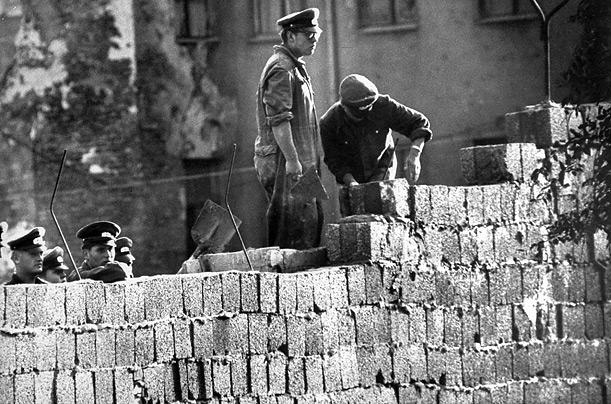Furniture created during the 1950’s
and 60’s is usually described as Scandinavian Contemporary. This furniture
style is marked by the use of natural wood and a utilitarian design. The
influences of Scandinavian Contemporary are viewable in many of today’s modern
furniture styles.
The furniture employed simple
designs, straight lines, and virtually no ornamentation. A typical cabinet wood
be boxed shaped and have two panel doors with drawers underneath. The standard
pull design was a half-sphere attached, the base of which was attached to a
small wooden cylinder. Oftentimes cabinets and other furniture used an oil
varnish, wax, or stain as a finishing coat.
Other popular woods used during the
construction of furniture include Birch, Elm, Maple, Oak, and Teak.
Comfort played an increasingly
important role in furniture during the 1950’s and 60’s. Almost any furniture
that a person would lay on or sit in was upholstered. This is a stark contrast
from furniture created during the depression where comfort was oftentimes of
least concern.
Furniture during these decades had
less ornamentation than in the past. Furniture was not as much of a status
symbol as it was in past times and thus not as much attention was paid to
ornamentation. Rather simple designs, utilitarian in style were created.
English
designer David Hicks was
an important influence on interior design in the 1960s inspired by bright
colours associated with India
David Hicks was
famous for helping introduce the world of interior design to: Tight bold
geometric prints, bright-colored furniture, mixing the old and new, shaking
things up.
 |
Photo used with permission The Estate of David Hicks
|













